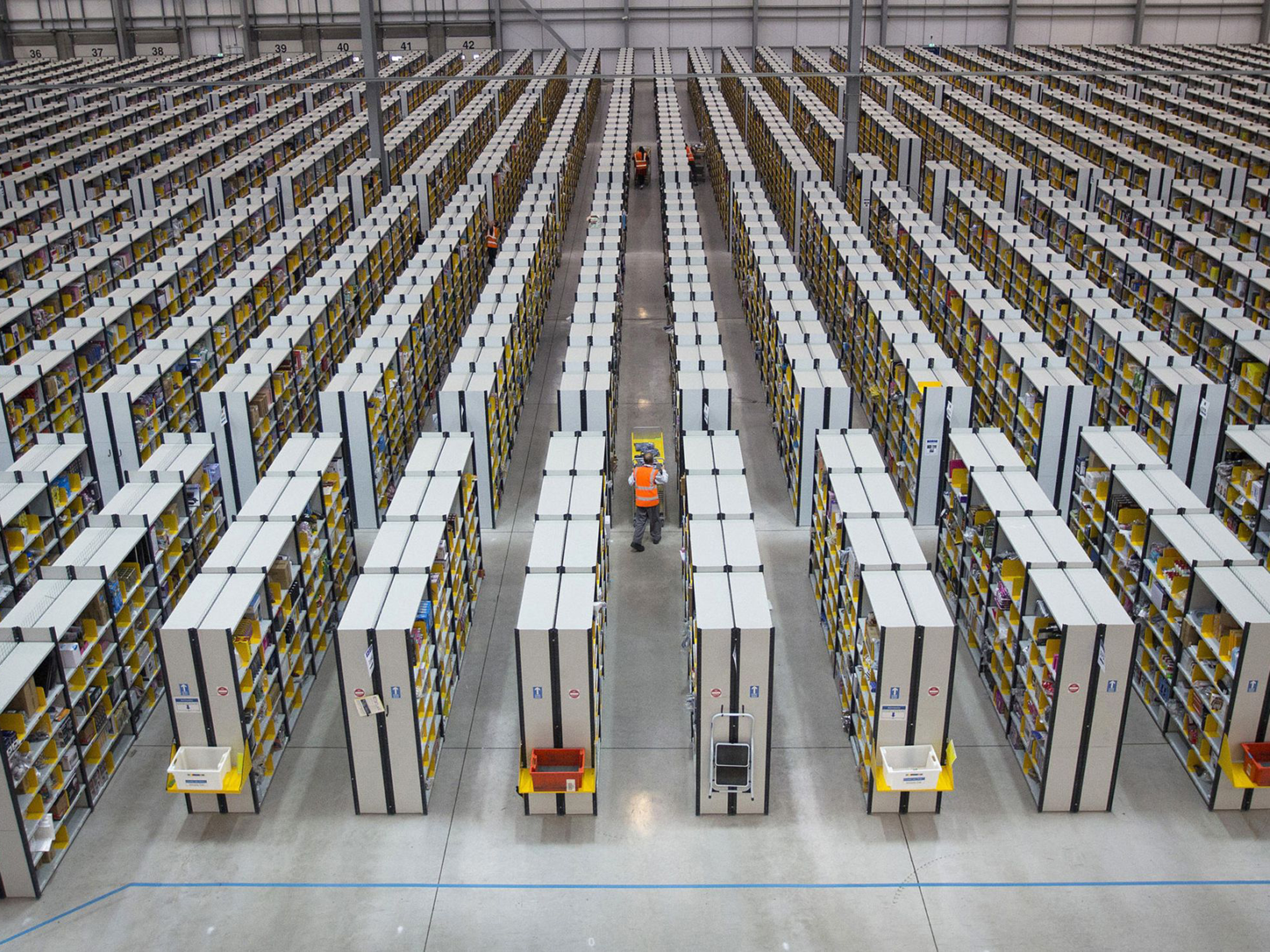
Think Tank
The Art and Science of Distribution Site Selection

Executives face a number of challenges when developing and executing a successful facility selection process. Often they come in the form of unrealistic timelines, incomplete budget planning, and geographical constraints. Other obstacles include lack of project team experience and failure to include key constituents in HR, IT or finance earlier in the process. What follows are some key imperatives that need to be defined, along with subtler nuances that come with the territory.
For a number of reasons, including store growth, service-level increases, mergers and acquisitions, e-commerce platforms, and capacity constraints, executives are grappling with the decision to add new distribution centers to their networks. For a project to be successful, some key questions must be answered upfront:
- What business strategy and objective will the new DC satisfy?
- How will the DC impact current supply chain and logistics needs? Typically, this determination has taken the form of a transportation and network analysis, identifying freight savings across various modes and locations.
- What capital is required, and what will the financial case be for approval? What level of automation is expected? How did the capital budget get created, and by whom?
- What kind of workforce is needed to make the DC a successful operation? How does the team assess availability, quality and competition, now and in the future?
- What should be the size, scope and price of the facility itself?
Building a project team now becomes critical. The best practice is to assign a project manager to lead the corporate team, while also creating key external partnerships. The team needs to be aligned through a charter that fulfills the commitments detailed above.
At this stage, the DC site-selection analysis should be consist of three phases:
Phase one: Collect. A thorough feasibility analysis and needs definition should be undertaken in line with operational workstreams. Often overlooked or incomplete due to time constraints or lack of stakeholder input, this step is fundamental to project success.
Phase two: Go to market. Upon compilation of data and screening for business needs, the centroid and search area are established. Now the fun part begins. A detailed analysis of tradeoffs between locations needs to be carried out. All major aspects should be weighed, including:
- Infrastructure and transportation tradeoffs for multiple modes;
- Labor depth, quality, longevity, and risk level;
- Tax incentives and training allowances;
- Real estate cost, availability and location, including the option of own versus lease and available financing and credit, and
- Construction budgets, timelines, and materials procurement needs.
Phase three: Contract and commit. Now that the optimal site, building, labor force, community and logistics hub have been fully vetted, it’s time to contract and begin the process of bringing the project to life. The greatest risks at this point typically involve adherence to timeline and budget, hampered by a lack of understanding or granularity in the assessment.
Much of the approach to DC site selection consists of thoughtful planning, good project management and strategic alignment with business needs. There are, however, numerous other aspects that require artful nuance and sophistication.
When it comes to site identification, the protracted process of negotiating the right deal requires market intelligence, strong relationships and a competitive plan. Markets are highly subjective and difficult to discern without extensive local field work and expertise. Understanding local governments, land constraints and ownership considerations requires deep experience and good counsel. In 2020, industrial real estate is experiencing severe supply constraints, labor markets are at peak employment, and capital is being scrutinized closely.
It’s essential that the company have a project team that combines engineering, logistics and financial skills with workforce and legal savvy, so that it can leverage those disciplines for successful outcomes.
The forecast for new DC site-selection projects remains robust for 2020 and the ensuing years. Despite economic and geopolitical volatility, more than 250 million square feet of new warehouse space will come to life this year in the U.S. alone. Given the fact that at least 50% of that volume is driven by e-commerce, pricing pressures on building and construction will be elevated. And with warehouse unemployment at record lows, automation and staffing will require heightened scrutiny. Whether starting up a massive import fulfillment center, or opening an agile last-mile site in an urban setting, companies need powerful strategic analyses, combined with local savvy and market intelligence. All are necessary for meeting customers’ stringent demands for faster service and flawless delivery.
Blaine Kelley is senior vice president at CBRE Industrial and Logistics.






